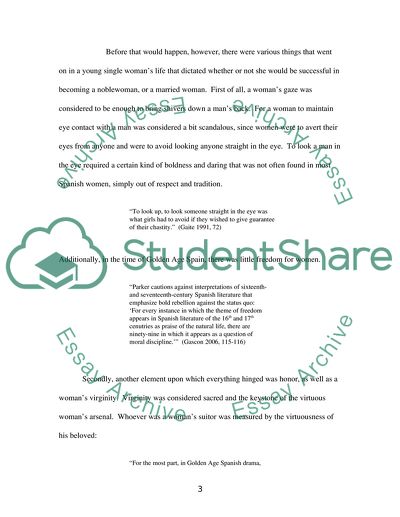Cite this document
(“How the Golden Age of Spain is Reflected in La Celestina Book Report/Review”, n.d.)
How the Golden Age of Spain is Reflected in La Celestina Book Report/Review. Retrieved from https://studentshare.org/literature/1723175-the-spain-of-la-calestina-to-what-extend-this-book-reflects-the-reality-of-those-times
How the Golden Age of Spain is Reflected in La Celestina Book Report/Review. Retrieved from https://studentshare.org/literature/1723175-the-spain-of-la-calestina-to-what-extend-this-book-reflects-the-reality-of-those-times
(How the Golden Age of Spain Is Reflected in La Celestina Book Report/Review)
How the Golden Age of Spain Is Reflected in La Celestina Book Report/Review. https://studentshare.org/literature/1723175-the-spain-of-la-calestina-to-what-extend-this-book-reflects-the-reality-of-those-times.
How the Golden Age of Spain Is Reflected in La Celestina Book Report/Review. https://studentshare.org/literature/1723175-the-spain-of-la-calestina-to-what-extend-this-book-reflects-the-reality-of-those-times.
“How the Golden Age of Spain Is Reflected in La Celestina Book Report/Review”, n.d. https://studentshare.org/literature/1723175-the-spain-of-la-calestina-to-what-extend-this-book-reflects-the-reality-of-those-times.


